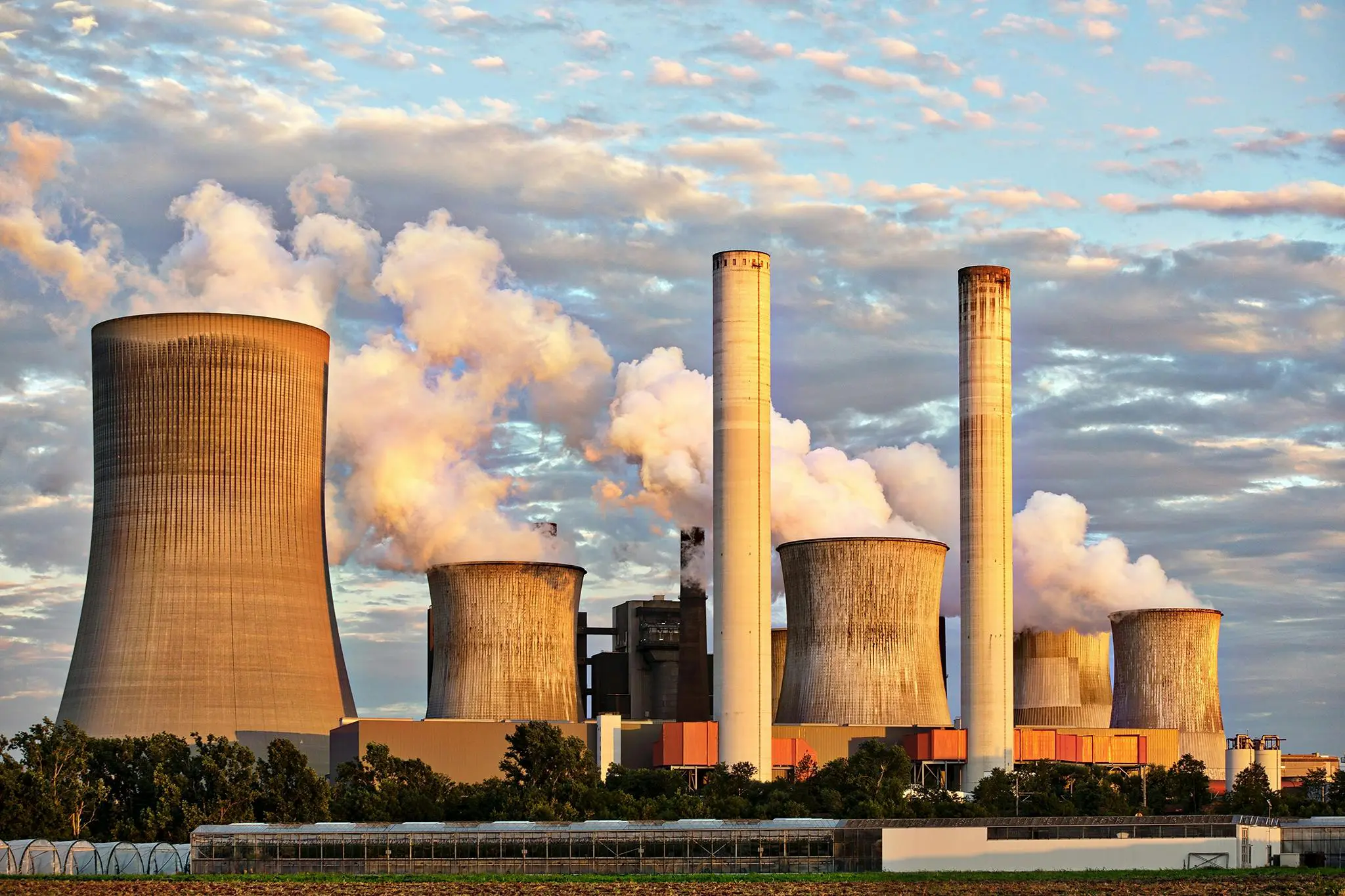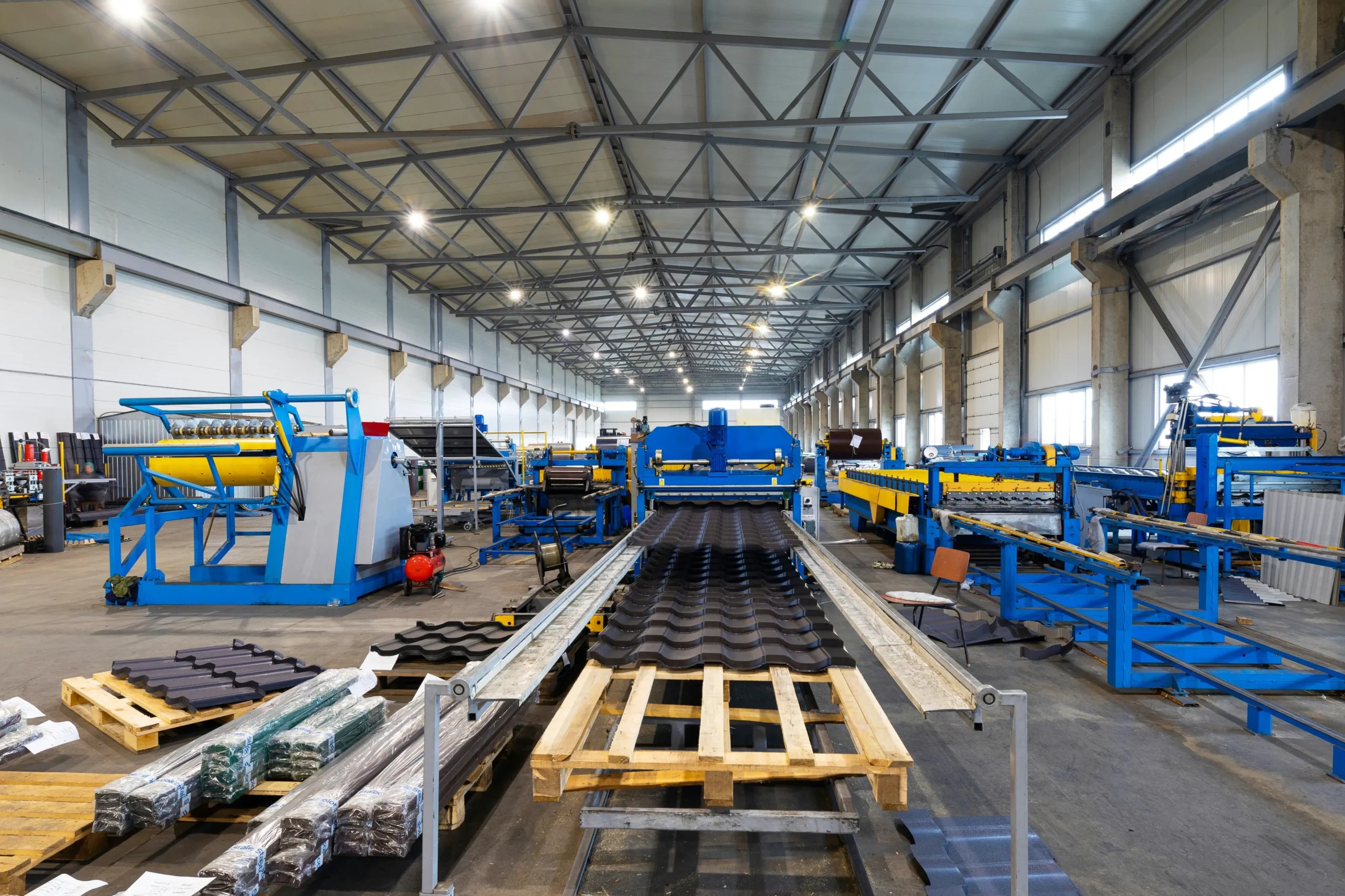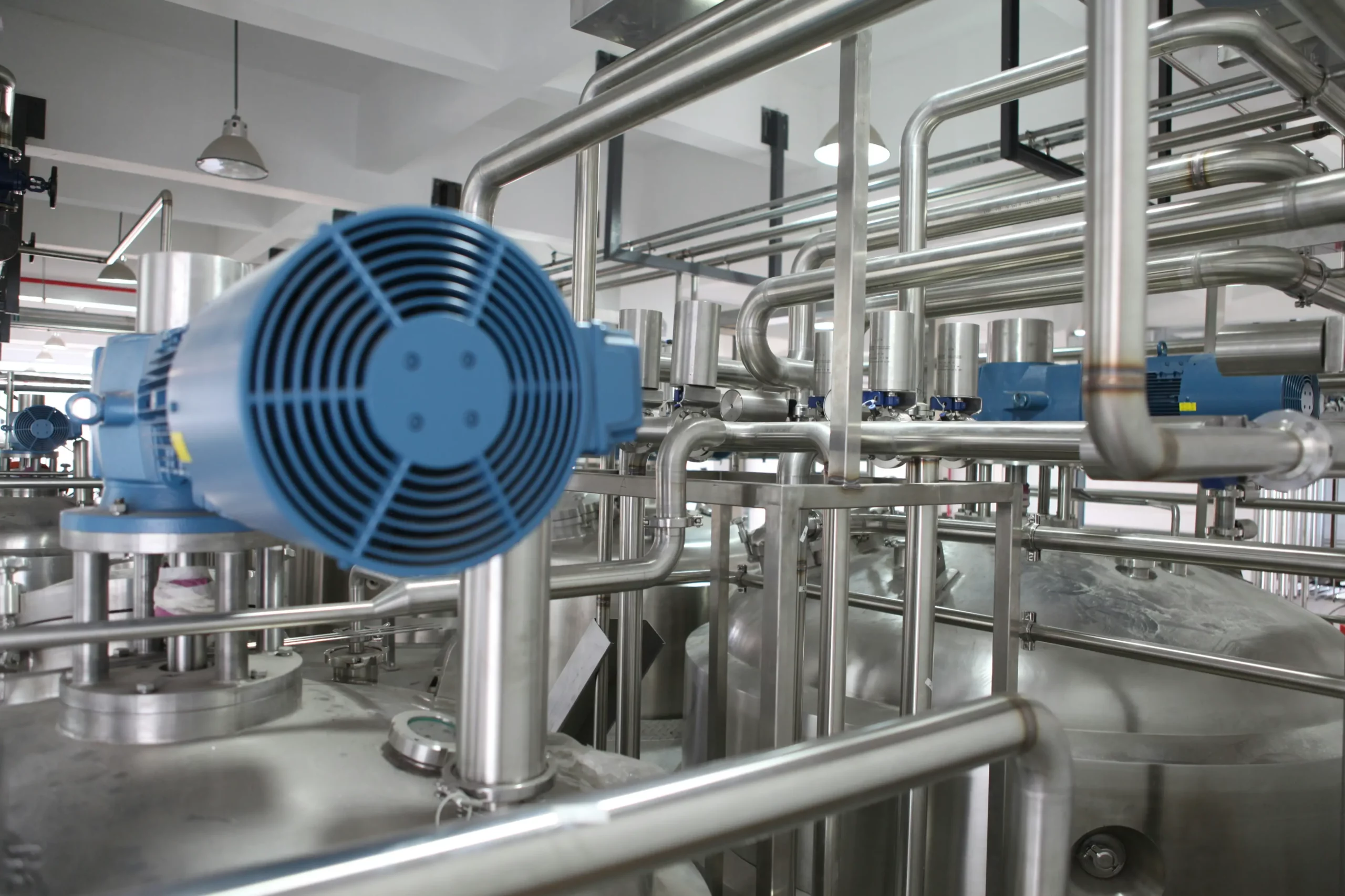
In today’s industrial environment, energy efficiency become a pivotal factor for manufacturing facilities aiming to curb operational costs and bolster competitiveness. With the industrial sector marked by significant energy demands, the adoption of energy-efficient tips mitigates environmental impact and unveils substantial economic and operational benefits. This article delves into 9 manufacturing energy-saving ideas to reduce energy consumption.
1. Conduct an Energy Audit

Conducting an energy audit is a critical first step in any comprehensive energy management strategy. It provides a detailed overview of how energy is consumed within your facility, pinpointing inefficiencies and identifying opportunities for energy saving for businesses.
- Identify Energy Consumption Sources: Map out all the major energy-consuming systems in your facility, such as HVAC, lighting, machinery, and compressed air systems, to understand where energy is being used.
- Detect Energy Wastage Points: Look for common areas of energy waste, such as leaks in compressed air systems, inefficient lighting, or outdated equipment that consumes more power than necessary.
- Assess Process Efficiency: Evaluate the energy-efficient manufacturing processes and energy systems. Identify any operational practices that lead to unnecessary energy use.
- Establish an Energy Baseline: Use the data collected to create an energy consumption baseline, which serves as a reference point for measuring the impact of future energy-saving measures and improvements.
BECIS specializes in energy analytics in your audit, you gain access to advanced diagnostics and insights that can identify more nuanced opportunities for energy optimization and efficiency improvements. This ensures that your manufacturing plants implement the most effective energy-saving measures, guided by data-driven insights and supported by BECIS’s comprehensive range of energy solutions.
2. Optimize HVAC Systems

Optimizing HVAC (Heating, Ventilation, and Air Conditioning) systems is paramount for industrial facilities looking to advance energy efficiency and curtail operational expenses. These systems, important for maintaining a productive and comfortable working environment, often represent a major slice of a facility’s energy pie. Here’s a detailed improvement on optimizing HVAC systems:
- Implement Regular Preventative Maintenance: Schedule routine inspections and maintenance to ensure HVAC systems operate at peak efficiency. Tasks include cleaning ducts, replacing filters, and checking for leaks in ductwork.
- Upgrade to High-Efficiency Equipment: Invest in the latest HVAC technology that offers higher energy efficiency ratings. Look for systems with advanced features like variable speed drives and energy recovery ventilators.
- Utilize Programmable Thermostats: Install thermostats that allow for automatic adjustment of temperatures based on occupancy and time of day, minimizing energy use during off-hours.
- Enhance Insulation and Sealing: Improve building insulation and seal leaks around windows, doors, and HVAC ductwork to maintain desired temperatures with less energy.
BECIS offers CaaS (Cooling as a Service) model with no CAPEX for achieving the required cooling, designing to reduce operational costs by offering a comprehensive cooling solution that is tailored to the specific needs of your industrial plants, aligning with the strategic move to increase competitiveness through improved energy
3. Implement LED Lighting in Factories
Strengthening the lighting system within facilities by transitioning to LED technology is a powerful step toward an energy-efficient factory LED lighting surpasses traditional lighting options in efficiency, longevity, and overall performance, making it an ideal choice for industrial settings.
- Superior Energy Efficiency: LED lights consume significantly less electricity compared to incandescent and fluorescent lights, often using up to 75% less energy. This efficient energy usage directly translates to lower utility bills, making LEDs an economically sound investment for the long term.
- Extended Lifespan: LEDs have a remarkably long service life, typically lasting 25 times longer than incandescent bulbs. This extended lifespan diminishes the need for frequent replacements and lowers the long-term maintenance and operational costs associated with lighting systems.
- Reduced Heat Emission: Unlike traditional lighting solutions, LEDs emit very little heat, thereby reducing the burden on HVAC systems to maintain optimal temperatures within facilities. This ancillary benefit helps in further cutting energy consumption and costs associated with cooling.
4. Use Energy-Efficient Equipment

Making a shift towards energy-efficient equipment in manufacturing operations is a strategic move that significantly saves energy and operational costs. Here’s a deeper dive into this strategy.
- Seek Energy Star and Other Certifications: Prioritize purchasing equipment and machinery that boast Energy Star ratings or other reputable energy efficiency certifications. These labels are awarded to products that meet strict energy performance standards set by various environmental agencies.
- Consider the Total Lifecycle Cost: When evaluating new equipment, factor in the total lifecycle cost, not just the initial purchase price. Energy-efficient manufacturing models might come with a higher upfront cost but typically offer lower operating costs due to their reduced energy consumption. Over the lifespan of the equipment, these savings can offset the initial investment, making energy-efficient options more cost-effective.
- Upgrade to Modern Technology: Modern machinery often incorporates the latest in energy-saving technologies, such as advanced motors, precision controls, and smarter operation modes that minimize energy waste during downtime or low-demand periods. Investing in modern equipment can reduce energy use significantly.
5. Monitor and Control Energy Use
Integrating advanced energy management systems into the operational framework of manufacturing plants requires monitoring and controlling energy use. These systems can achieve greater energy efficiency through detailed analysis and proactive management.
- Implement Advanced Energy Management Systems (EMS): These systems provide a comprehensive platform to track, analyze, and manage the energy consumption of all connected equipment and processes within the factories. By leveraging real-time data acquisition and analytics, EMS can identify inefficiencies, predict future energy needs, and optimize energy use dynamically.
- Utilize Real-Time Monitoring: Real-time energy monitoring allows for the immediate identification of unusual patterns or spikes in energy consumption that may indicate inefficiencies or faults in the system. Quick detection enables prompt actions, such as adjusting settings or scheduling repairs, to avoid unnecessary energy wastage.
- Data-Driven Decision Making: Advanced analytics offered by energy management systems can dissect energy usage data to uncover trends, inefficiencies, and opportunities for savings. This insight supports informed decision-making regarding equipment operation schedules, investment in energy-efficient technologies, and modifications to operational practices to enhance energy efficiency.
6. Optimize Compressed Air Systems

Optimizing compressed air systems is essential for improving energy efficiency in production plants, as these systems are known for their high energy consumption. Here’s an expanded look at how to achieve optimization.
- Conduct Regular Leak Detection and Repair: Even small leaks in a compressed air system can result in substantial energy losses. Implement a routine leak detection program using ultrasonic leak detectors to identify and repair leaks promptly. Regular maintenance ensures the compressed air system operates at peak efficiency.
- Improve System Design and Layout: Review and optimize the design and layout of your compressed air system. Minimize the length of air distribution lines and reduce the use of fittings, as these can contribute to pressure drops and increased energy consumption. Consider implementing a loop system design to ensure consistent pressure and flow throughout the facility.
- Upgrade to Energy-Efficient Compressors: Modern, energy-efficient air compressors can significantly reduce energy consumption compared to older models. Look for compressors with variable speed drives (VSDs), which adjust the motor speed to match air demand, minimizing unnecessary energy use.
BECIS’s Compressed Air as a Service (CAaaS) offers a comprehensive solution covering the supply, operation, and maintenance of compressed air systems, including advanced monitoring and management technologies to continuously assess the performance and efficiency of the compressed air systems. This real-time data enables proactive adjustments and maintenance, preventing downtime and extending the lifespan of the equipment.
7. Reduce Peak Load
Reducing peak load is an energy-saving tip that manufacturing facilities can adopt to lower their energy costs and contribute to grid stability. This involves adjusting energy consumption patterns to avoid high usage during peak demand periods. Expanding on this strategy here.
- Enroll in Demand Response Programs: Many utility companies offer demand response (DR) programs that incentivize businesses to reduce their energy use during peak times. By participating in these programs, factories can receive financial compensation or reduced utility rates in exchange for their flexibility in energy consumption.
- Implement Load Shifting Techniques: Identify non-critical operations that can be shifted to off-peak hours without disrupting production schedules. This might include tasks like charging electric forklifts, running heavy machinery, or preheating processes. By moving these energy-intensive activities to times when demand and rates are lower, facilities can significantly reduce their peak load charges.
- Use Energy Storage Systems: Investing in energy storage solutions, such as battery storage systems, allows facilities to store energy during low-demand periods and use it during peak-demand times. This reduces peak load and energy costs while straightening energy resilience and independence.
8. Train Staff on Energy Conservation

Training staff on energy conservation is a vital component of successful energy conservation tips for industry. It empowers employees to contribute actively to energy efficiency goals, leading to a more sustainable and cost-effective operation.
- Develop Comprehensive Training Programs: Create detailed training sessions that cover the importance of energy saving, the impact of energy use on the environment and operating costs, and specific actions employees can take to save energy. Include practical demonstrations and workshops to engage staff effectively.
- Incorporate Energy Conservation into Onboarding: Ensure that new hires are introduced to the facility’s energy conservation practices from day one. Integrating energy efficiency awareness into the onboarding process embeds these values into the company culture.
- Leverage Technology and Tools: Provide training on the use of energy management systems, smart meters, and other technology that can help monitor and control energy use. Familiarizing staff with these tools can enhance their ability to contribute to energy efficiency efforts.
9. Invest in Renewable Energy

Investing in renewable energy sources represents a forward-thinking approach to sustainability and energy-efficient factories.
- Conduct a Feasibility Study: Before investing, perform a comprehensive assessment to determine the most suitable renewable energy options for your location and energy needs. Consider factors such as the facility’s geographic location, available space for installations, and the local climate. This study should also evaluate the potential return on investment and savings over time.
- Solar Energy Installations: Solar panels can be installed on rooftops, unused land, or parking structures. They provide a clean, low-maintenance source of electricity that can significantly reduce your facility’s electricity bills. Modern solar installations can be grid-tied, allowing excess energy to be sold back to the grid, or paired with battery storage systems to enhance energy independence.
- Explore Government Incentives and Grants: Many regions offer incentives, grants, or tax credits for renewable energy investments. These economic incentives can help balance the upfront expenses of renewable energy installations, rendering them more attainable and economically feasible for companies.
- Implement Energy Storage Solutions: To maximize the benefits of renewable energy investments, consider incorporating energy storage systems. These systems can store surplus energy generated during peak production times for use during periods of low production or higher demand, ensuring a consistent and reliable energy supply.
- Partner with Renewable Energy Providers: Collaborate with your energy provider to explore options for sourcing renewable energy directly. Some potential partners offer specific renewable energy programs for businesses looking to transition to green energy.
Adopting these 9 ways for energy conservation in manufacturing facilities is a win-win situation that benefits both the environment and the bottom line. If you require expert assistance in building energy efficiency for your manufacturing plants, BECIS is a reliable partner in sustainable Energy as a Service (EaaS) solution provider in the energy industries.

We are committed to driving sustainable development and ensuring that its practices have a strong positive impact on the people and communities it works with. This commitment is reflected in our resilient environmental, social, and governance (ESG) practices, as well as through our energy-saving projects in manufacturing industries for our clients. BECIS offers a range of services, including solar energy, bioenergy, cooling, heating, waste heat recovery, compressed air, and energy analytics. Our tailored solutions help companies achieve their renewable energy goals, contributing to a cleaner and more resilient energy system. Contact us today to learn more about our services.





























Recent Comments